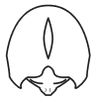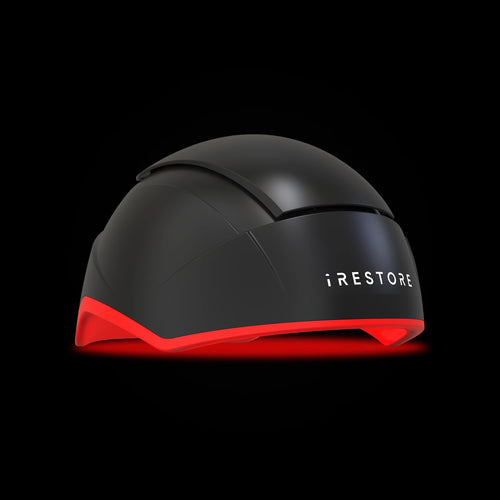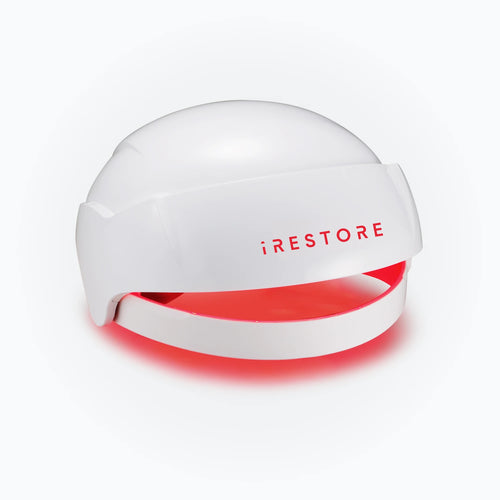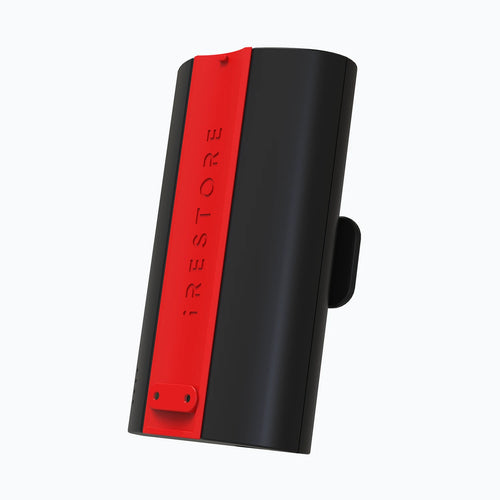When it comes to growing thicker, healthier hair, most people immediately think about shampoos, supplements, or high-tech treatments. But sometimes, the simplest methods can make a big difference. One of the most effective is learning how to massage scalp for hair growth.
Not only does it feel relaxing, but scalp massage improves blood circulation to your hair follicles, reduces stress (a common trigger of hair loss), and helps create the right environment for stronger, fuller hair. And when done consistently, scalp massage can even complement advanced treatments like laser hair therapy for more noticeable results.
Why Scalp Massage Helps with Hair Growth
The idea of using your fingertips to stimulate hair growth might sound too simple, but research shows that regular scalp massage can make a real difference. Here’s why:
-
Improves Blood Circulation
Massaging the scalp increases blood flow to your hair follicles. More circulation means more oxygen and nutrients reach the roots of your hair fueling stronger, healthier growth.
-
Reduces Stress & Cortisol Levels
Stress is one of the most common triggers of hair thinning and shedding, and it’s one of several well-known causes of hair loss. Scalp massage helps relax the nervous system, lowering cortisol (the stress hormone) that can damage follicles over time.
-
Supports Natural Oil Production
Gentle massage stimulates your scalp’s sebaceous glands, releasing natural oils that keep your scalp balanced and your strands moisturized.
-
Creates a Healthier Scalp Environment
By reducing tension, improving circulation, and nourishing the scalp, massage makes it easier for new hair to grow thicker and stronger.
In short, scalp massage goes beyond relaxation and helps create the perfect conditions for healthy hair to thrive.
How to Massage Scalp for Hair Growth
Scalp massage is a simple practice that uses gentle pressure, steady rhythm, and consistency to improve blood circulation and nourish hair follicles. It works like a mini workout for your scalp, creating the right conditions for healthy growth. Here are some proven methods you can try:
-
Fingertip Circular Motion
Place the pads of your fingers (never your nails) on your scalp and move them in small circular motions. Start at the front mature hairline vs receding area and gradually move toward the crown, sides, and back of your head until the entire scalp is covered. This motion stimulates blood flow, encouraging oxygen and nutrients to reach the follicles.
Tip: Apply even pressure across all areas and use both hands at once for balanced stimulation.
-
Kneading and Pressing Method
Using your fingertips, press gently into your scalp and slowly release, repeating the motion several times. Focus especially on the temples, crown, and the base of your skull, where tension tends to build up. This method relaxes tight muscles, reduces stress hormones like cortisol, and promotes circulation, all of which create a healthier scalp environment for growth.
Tip: Practice this method before bed to combine relaxation with hair follicle stimulation.
-
Pinching and Lifting Technique
Place your fingers flat on the scalp and gently pinch small sections of skin, lifting them slightly before releasing. This lifting action stretches the tissue under the scalp, further improving blood supply to the roots of the hair. Over time, this can help strengthen follicles and reduce thinning.
Tip: Move section by section in an organized pattern so that you stimulate the entire scalp instead of focusing on just one area.
-
Using Massage Tools
Tools can make the process easier and more consistent. Silicone scalp brushes are great for use in the shower, as they help exfoliate dead skin and prevent clogged follicles while boosting circulation. Handheld massagers mimic professional massage motions and are useful for people who want longer sessions without tiring their hands. More advanced options, such as red light therapy helmets with built-in stimulation, combine the benefits of massage with follicle-activating light therapy.
Tip: Choose tools that feel comfortable and avoid using them with excessive pressure to prevent irritation.
Aim to massage your scalp gently but thoroughly for five to ten minutes per session. The techniques not only increase circulation but also reduce stress, improve nutrient delivery, and keep the scalp environment balanced, all factors that support thicker and healthier hair growth.
How Often Should You Massage Your Scalp
Scalp massage works best when it becomes a regular habit. A single session can boost blood circulation for a short time, but the real benefits come from consistency. Most people see positive changes when they massage for five to ten minutes several times a week. If your schedule allows, daily massage can be even more effective because it provides steady stimulation to the follicles.
The timing of your massage also matters. Many people enjoy massaging while shampooing, since the circular motions help distribute product and remove buildup at the same time. Others prefer doing it at night as a way to relax before bed, which also lowers stress levels that may contribute to hair thinning. Massaging before applying topical serums or using a laser hair growth device is another smart option, as it prepares the scalp and improves absorption.
What’s most important is not the intensity of pressure but the rhythm and regularity. Gentle, consistent movements encourage long-term circulation and nourishment, while pressing too hard can irritate the scalp or weaken strands. With patience and consistency, scalp massage becomes more than just a relaxing ritual, it turns into a simple, effective way to support thicker, healthier hair growth.
Combining Scalp Massage with Laser Hair Growth Therapy
Scalp massage improves blood circulation and creates a healthier foundation for growth, but the results are even better when paired with low-level laser therapy (LLLT). The iRESTORE Laser Hair Growth System uses safe, medical-grade light to stimulate follicles at the cellular level, boosting energy production and supporting thicker, fuller hair.
Massaging your scalp before or after an iRESTORE session helps deliver nutrients more effectively and makes the scalp more receptive to treatment. Together, massage and iRESTORE provide a powerful one-two approach: circulation from the massage and targeted follicle stimulation from the laser therapy. With consistent use, this combination can maximize scalp health and enhance visible hair growth results.

Conclusion
Scalp massage is a simple, natural way to support stronger, healthier hair. By improving blood circulation, reducing stress, and keeping the scalp nourished, it creates the right conditions for growth. The key is consistency, just a few minutes of gentle massage several times a week can make a noticeable difference over time.
For even greater results, pair scalp massage with advanced treatments like the iRESTORE Laser Hair Growth System. Together, they combine the power of natural stimulation and clinically proven technology to maximize follicle health and help you achieve fuller, thicker hair.
FAQs About Scalp Massage for Hair Growth
Does scalp massage really promote hair growth?
Yes. Regular scalp massage stimulates blood flow, relaxes scalp tension, and nourishes follicles. While it may not regrow hair in bald spots, it can improve thickness and scalp health in areas of thinning.
How long does it take to see results from scalp massage?
Scalp massage works gradually. Most people notice improved scalp condition and fuller-looking hair within two to three months of consistent practice. For faster, more noticeable results, it can be combined with the Laser Hair Growth therapy.
Can scalp massage help with thinning hair or receding hairlines?
It may help slow progression by stimulating blood flow and strengthening existing follicles. However, for receding hairlines or advanced thinning, massage alone is not enough. Combining it with treatments like iRESTORE offers a stronger solution.
Is scalp massage safe for everyone?
Yes, when done gently. Avoid using nails or applying too much pressure. If you have a scalp condition such as eczema, psoriasis, or an open wound, consult a dermatologist before starting.
Disclaimer: The iRESTORE blog is for informational purposes only and is not intended to replace professional medical advice or treatment. Please do not ignore professional guidance because of information you’ve read here. If you have concerns about your hair or skin health, we encourage you to consult a qualified healthcare professional.



















